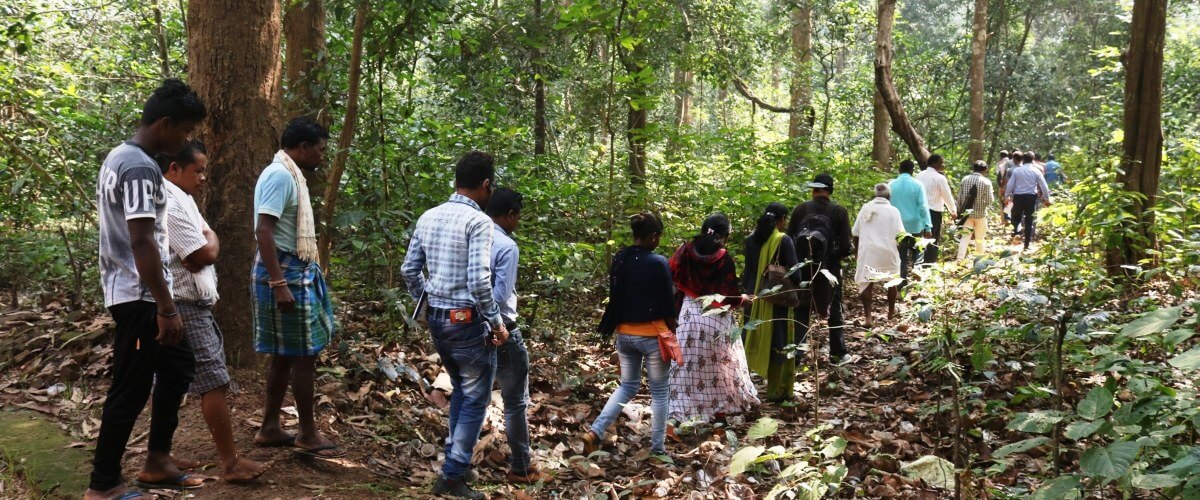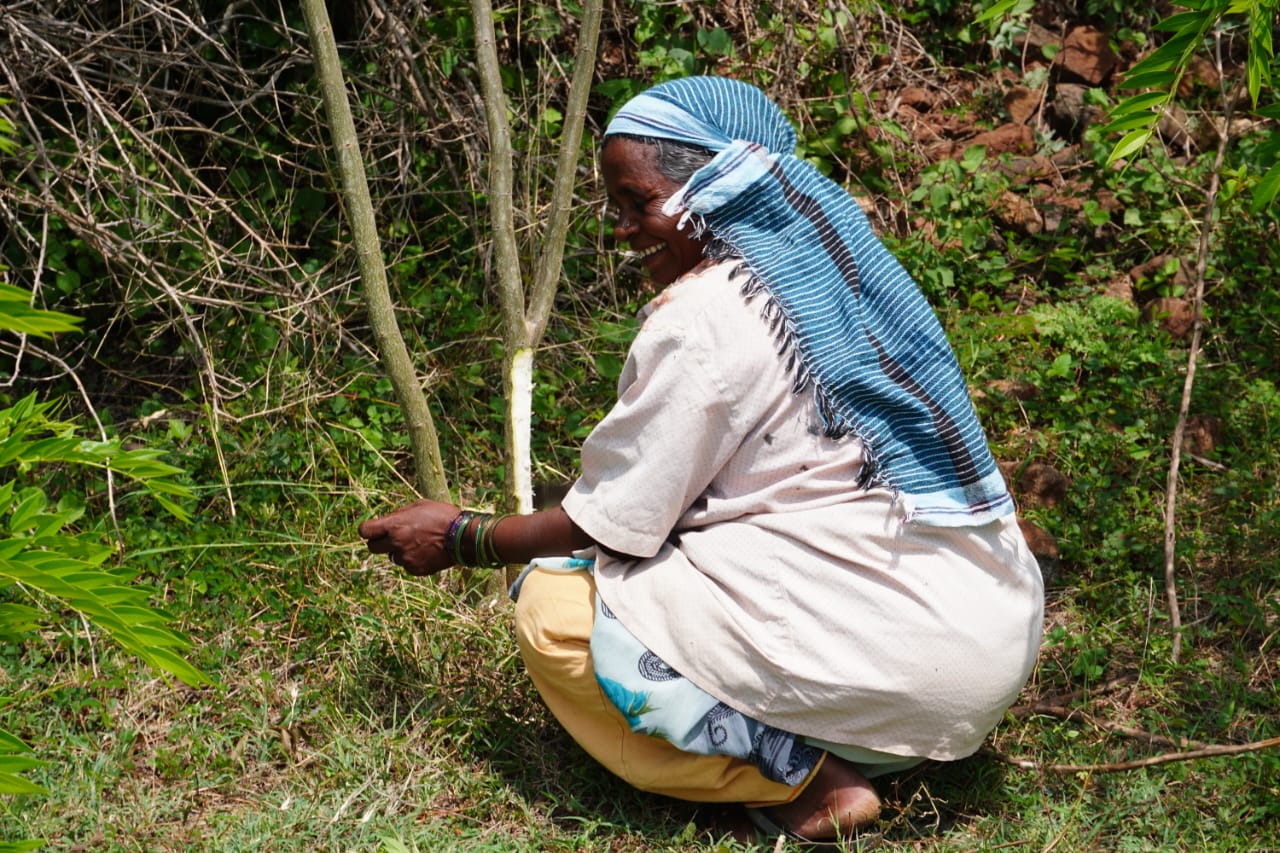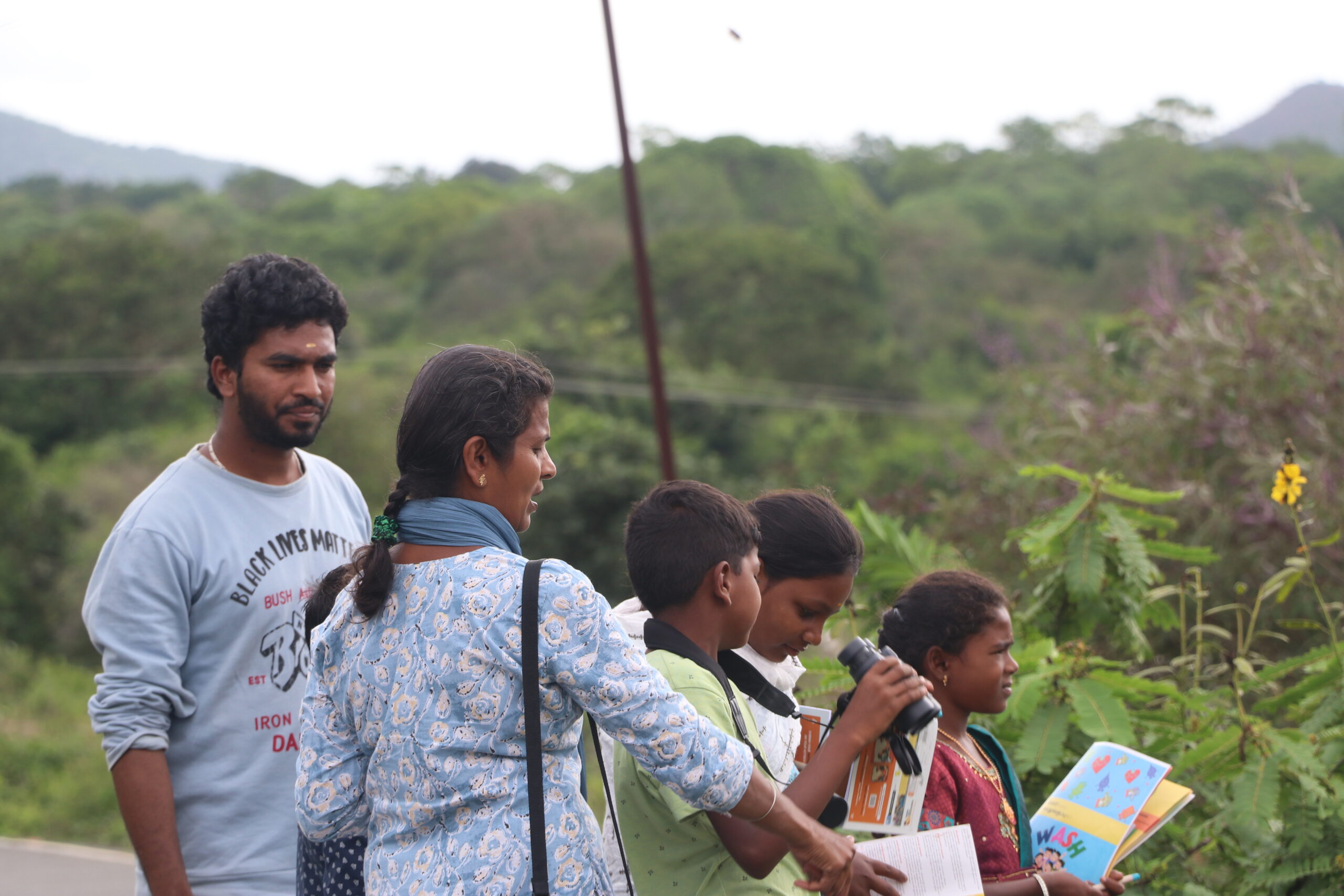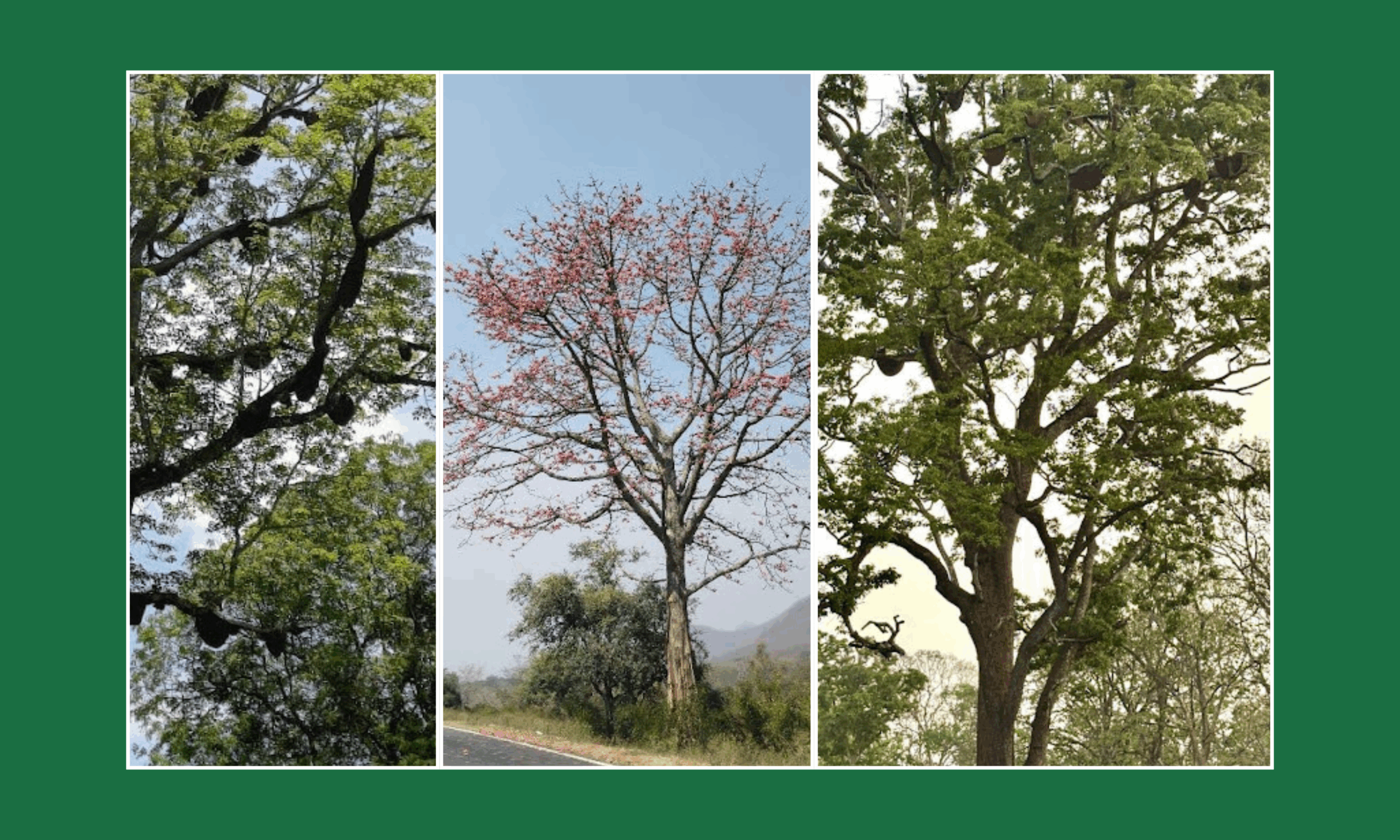Community-managed nurseries across the globe have been lately explored as an approach to restoring forests. However, enabling them to actively engage in propagating native forest plants and managing nurseries requires the appropriate deployment of skill sets through trainings that will ensure seedling survival leading to successful forest restoration.
Through our Using Diversity Project that is mainly carried out in the Central India region, the idea of setting up several community-managed nurseries has been initiated across our working villages. While communities are willing to be involved in this endeavor, initial approaches of purchasing seedlings from local nurseries and then planting them had their own limitations. These nurseries hardly have forest plant saplings and uncultivated food sapling as they largely sell – fruiting or common trees that people generally buy.
Efforts were also made by communities to collect seeds from the forest and propagate them as it allows nurturing a great diversity of plants are per local requirements. But, this completely depends on the quality of care given at the seedling stages.
To ensure that these communities led nurseries to develop seedlings with attributes that increase chances of survival, we decided to engage our community fellow’s associated with the project to practically witness and learn nursery management.
15 members from the community traveled to Bastar district in Chhattisgarh to visit community-led nurseries established by Legal Action Environmental Foundation (LEAF) – an organisation that has been assisting and carrying out restoration projects across Bastar for over two decades now. In total LEAF has established five nurseries, in which more than 50,000 saplings of forest species are grown in each nursery.
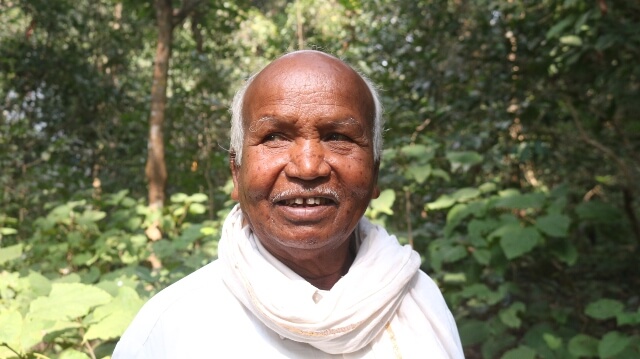
Our community fellow’s visited these nurseries and most importantly got to engage with Damodar Kashyap a 70-year-old man who has spearheaded and restored over 240 hectares of forest in the Bastar region. Several sessions on nursery management and seed rearing techniques were demonstrated to our fellows. Each of them was asked to make a tentative list of forest species found in their region that they will work on propagating back in their nurseries.
Once they return back to their village, our fellow’s have been urged to have a consultation meeting with their respective Gram Sabha, identify forest sites for restoration and practice techniques that they learned to reduce mortality of planted seedlings.
Although biodiversity richness is high in the Central India region (Chhattisgarh, Jharkhand & Madhya Pradesh), deforestation for mining activities has led to severe habitat fragmentation. Facilitating restoration through forest plants nurseries can address problems such as loss of biodiversity and contribute to climate change adaption & mitigation.
By Rohan Mukherjee

